|
Do you love “hacks” when it comes to fitness and health? I know I do! Well, these fruits and veggies below can help power up your workouts and recovery in a big way … And I bet the next time you see them in the grocery store, you’ll look at them in a whole new light! Green Peas. Peas are rich in protein (vital in the repair & rebuilding process), plus they contain magnesium and vitamin B6, both of which help with energy production, muscle contraction, and nerve function.
Oranges. When you work out, you create free radicals (aka “oxidative stress”) in your body, which can damage your cells. The vitamin C in oranges helps sweep up those free radicals while also boosting your immune system. Another vitamin C superpower: helping you absorb iron from plant-based foods, is especially important for female athletes. Beets. Packed with nitrates, beets can boost your circulation, increasing the delivery of oxygen and nutrients to your muscles. This is important during and after your workouts. Tart cherries. These small fruits are loaded with antioxidants that help you recover from workouts by reducing inflammation and muscle soreness. A small amount of tart cherry juice mixed into a protein shake is a great post-workout choice. Spinach. Dark leafy greens contain important nutrients that boost performance, including magnesium, vitamin C, zinc, iron, and calcium. Not only that but they are one of the best sources of vitamin K, which helps you build and maintain healthy bones (as well as promote heart health). Bananas. This fruit is a portable and easy-to-digest carb source to give you fast pre-workout fuel. Even better, they’re packed with potassium, an electrolyte you need to maintain normal fluid levels in your cells. Potassium also helps your muscles contract and supports normal blood pressure. Sweet potatoes. There’s a reason sweet potatoes are a top choice by athletes. They are loaded with vitamin C, vitamin b6, potassium, and fibre. They also contain manganese, which can help your cells produce energy. Pretty great list, right? Food is fuel! Next time you plan or prep your meals, think about adding a few of them to your daily intake.
0 Comments
You’ve added exercise to your weight loss plan and are committed. So why is the scale not moving or even going up? This can be frustrating but don’t despair; there are many reasons.
Exercise The type of training plan may be a big factor. Cardio is an excellent tool for weight loss and is certainly good for your health, but if you do not include strength training in your workout routines - YOU SHOULD! Building muscle mass helps your body keep burning fat long after you’re done working out. Nutritious Food You may not be fueling your body properly. Avoid severe calorie restrictions and include high-quality, nutritious foods in your daily meals. Your body needs fuel to burn; without this fuel, your body will go into conservation and not want to let go of any weight. Recovery You must take time for recovery. With a vigorous exercise routine, you need to take the time for rest days; this allows your muscles and tissues to repair. Also, you must include stretching into your routine. Sleep It’s been said over and over. You must have a healthy sleep routine to keep your gains. This is another time your muscles are recovering from your workout. Processed Carbs Too many processed carbs. You may be surprised how many carbs you eat in a day. Although carbs are great for fueling your workouts, you need plenty of protein and healthy fats. Figure out your daily macronutrients (Carbs/Proteins/Fats); this will help you with a balanced diet. Calories Eat to match your calorie burn. You could overestimate how many calories you’re burning and eat more than you actually burned. Be sure to track everything that goes into your mouth: food, water, drinks, alcohol, snacks (MyFitnessPal is a great tracking app!), and stay at your recommended calorie intake regardless of your calorie burn. Water Be sure to drink enough water throughout your day. Drinking water helps weight loss by helping your body to carry out metabolic processes, flush your system and help ease cravings. Honesty Not honest. You must be self-aware enough to know what you may eat isn’t good for you. Are you taking the necessary steps to reach your weight-loss goal? Only you know. Need help reaching your weight goal? Contact Us at Functional Performance Fitness to discuss which of our fitness and nutritional programs will work best for you. Functional Performance Fitness has many nutrition, exercise and recovery programs – contact us now! Whether you’re just starting your exercise routine or have been exercising for awhile now there’s always the little voice in your head telling you there are other things you should be doing. But let’s face it, you don’t. Nothing is more important than doing something healthy for your body, which really translates into a happier you and being able to be there for those you love.
So what can you do to master the voice in your head? • Acknowledge that it’s an ongoing process. There’s no ultimate end goal, it’s a behavior that is fluid and changes as you master a movement, or a running distance. Don’t get frustrated at a perceived setback, it’s all part of the process. • Set reasonable goals, if you’re just starting your new routine don’t set your goals so high that you end up failing miserably. Your goal is to run a 5K? Don’t go out and buy the most expensive running shoes, start with a walk around your neighborhood for 20 minutes. • Treat your exercise as training. Once your reasonable goal is set, train for that challenge. You can hire a personal coach, or try one of the many apps available. Educate yourself about your choice of workout. Is it weightlifting, HIIT, or running? There is an abundance of information via the Internet and social media platforms to help you understand what you’re doing and how to improve. • Find a workout buddy or a gym that offers group classes (at Functional Performance Fitness we have many many group classes that are included in our gym membership). You won’t want to let down your workout buddy, they’re your accountability partner. As well, making friends in a group class makes going to class fun, enjoyable, and something you’ll look forward to going to. • Create habits that will help you to stay on track. Plan on training in the morning, track your daily food and exercise, put your gym clothes in your car, post about your workout on Facebook. All little habits will turn into a routine. • Create a recovery routine to help ease the soreness. You will be sore so don’t let that be your excuse to not do your training the next morning. Add stretching, foam rolling, proper nutrition, “rest days”, sleep, and hydration to your routine. Remember this is a life long process that will change with your work and family life, your goals, your age, so relish in your victories, put the bad days behind you and stay on the right side of the mental side of getting and staying fit. Looking to socialize while you’re working out? Looking for a change and master your mental side to get fit? Contact us at Functional Performance Fitness to talk about all the new and fun group classes and the many other workout options being offered! This is the time of your when we're all making our New Year's resolutions and we're certain that a majority of your resolutions include something to do with your weight, fitness or overall health. Because 25% of us make losing weight their top resolutions let's talk about that.
Your goal is to start exercising regularly and eating healthy meals and when you want to check your progress it’s typically the time to get on the scale. And once you get on the scale, it’s hard to believe, but you may be up a pound! Don’t throw in the towel just yet, using the scale is a great way to monitor your progress. Remember that everyone’s weight fluctuates depending on how much fluid you’ve taken in, what you’ve eaten and even your bathroom habits. So, how do you manage the scale? Decide which of the following suggestions will work best for you as an individual and add it to your resolution as part of your weight loss goal. 1. Daily Weigh-In: Do you feel like you’ll be more accountable if you weigh-in everyday? Then that is okay, it’s not wrong. But, be sure not to stress about the daily fluctuations that you will most likely see. 2. Weekly Weigh-Ins: Maybe this feels like it will fit your personality better. You will still be tracking your progress, but you won’t be obsessing about it everyday. Be sure to pick one day a week, let’s say Wednesday, and weigh yourself in the morning. 3. Occasional Weigh-Ins: In the beginning of your weight loss journey this may not be the best fit for you, but if you’re comfortable in knowing that the exercise you're doing and the way you’re eating is working for you, then choose to weigh yourself every other week or once a month. 4. Never Weighing: For many they feel that there’s more to their health than what they weigh. If you’re comfortable in your clothes and feel strong while working out that may be all the encouragement you need to stay on course. If after implementing one of the above ways to deal with scale and you find you still need further encouragement, contact us at Functional Performance Fitness for the nudge you may need. Why stretch? Stretching helps maintain your range of motion and flexibility in your joints. It helps to keep your muscles flexible and strong and will allow for better performance in your daily activities, and your fitness activities by keeping you mobile and independent with better posture and fewer aches and pains. And because stretching doesn’t give us visible rewards it’s easy to forget. You should add stretching to your general health regime, about 3 – 4 days a week, but adding stretching everyday is ideal. Your focus should be on stretching your calves, hamstrings, hip flexors and quadriceps, and ultimately include your shoulders, neck and lower back. It is also important to stretch while at work. Too much sitting may have several negative health effects, so set an alarm, get up and stretch your glutes, hip flexors and your spine. This will also help the 3pm slump at work. Stretch AFTER your workout and not before. It was a common accepted practice to static stretch prior to your workout, but research has shown that stretching after provides the most benefit, your muscles recover quicker and you may avoid injury. Note though, it’s best to stretch right after your workout, holding the stretch to the point of resistance, and hold (do not bounce) for a minimum of 30 seconds. You should be stretching the muscles that you used during your workout. Before your workout use dynamic or active stretching. If you’re walking, start out slowly and then increase your speed after about 5 minutes. If you’re playing tennis, do some lunges both forwards and sideways. Jumping jacks, butt kickers and high knees are also great dynamic stretches prior to exercising. Improve flexibility, slash stress, sleep better, improve your form – add stretching to your day. There are so many reasons to start adding stretching to your fitness regime. At One On One Fitness Natatia will be happy to help you with the suggested stretches for your daily and fitness activities. Contact Natatia about starting your stretching routine and get strong, happy and healthy!
We tend to think of eliminating in order to lose weight, but when it comes to strength training, adding muscle can help you lose weight. Add strength training to your cardio routine and give your weight loss goals an extra boost. Having strong muscle is important for so many reasons including that extra burn of calories your body experiences even while at rest. When you strength train you’re building lean muscle mass which helps keep your metabolism revving. Noam Tamir, C.S.C.S. explains, “Muscle is constantly being broken down, recreated, and synthesized, and all these processes require energy. The more muscle you have, the more energy it takes for this process.” So while your muscle is building you’re increasing your calorie deficit as well, and, you must have less calories to lose the weight. And, don’t worry about losing out on cardio during your strength training, you can simply add cardio elements to any workout. For example, don’t rest between sets, increase the weight you use, and add cardio moves in between weights - high knees, jumping jacks or squats will do the trick. In addition to the benefit of losing weight that strength training provides you an look forward to protecting your bone health and muscle mass. This is particularly important to women, as well as seniors – remember, if you don’t use it you’ll lose it. It also helps develop better body mechanics which can help reduce your risk of falling, can help prevent diseases such as Alzheimer’s and dementia, and can increase your energy level and mood. And, the great thing is you don’t have to go to the gym to add strength training into your exercise routine, using your own at-home dumbbells is a perfect solution. You can find these at your local sports store and they often come in weights from one pound to 15. Start adding in strength training now and get ready for a leaner you! There are so many reasons to start strength training and at Functional Performance Fitness. Natatia and her team will be happy to help you work strength training into your exercise routine. Contact Natatia and her team about starting your strength training routine and get stronger, happier and healthier!
ac·count·a·bil·i·ty
əˌkoun(t)əˈbilədē/ noun noun: accountability
Do you find yourself setting personal fitness or nutrition goals only to be waylaid by, well, life? Working late, the kids’ activities, a birthday party, your tired, all of these everyday life things seem to really get in the way of our goals. This happens to so many of us so it’s reasonable to think that it’s just not possible. This is so far from the truth. Your goal setting must include accountability. Know your ‘why’. Why do you want to run three days a week? Is it because you want a healthy heart, you want to lose a few pounds, you need ‘me time’, or you want to run a 5k? If your ‘why’ is not compelling enough you will not make it a priority. But if you believe in your ‘why’ it alone will hold you accountable. Put it on your schedule. You want to eat a nutritious dinner four nights a week – schedule it. Planning your meals and writing them on your calendar commits you to the goal. A good meal plan and grocery list will hold you accountable to providing a healthy meal for you and your family – no one wants to delete the calendar event and let good food go to waste. Find an accountability buddy. This could be your spouse, neighbor, friend or even your dog! Yes, even your dog…you are responsible for the total health of your family pet, food, health and exercise, and we all know how persistent our dogs can be when it comes to going for a walk - it’s nearly impossible to let Fido down! Having someone in your corner is so important. They can help to remind you to get up and exercise, provide the encouragement you need and even do the exercising with you. Once an exercise date is made with someone it’s a reminder that you’ve set this exercise goal – and you don’t want to let your buddy down. And, a little competition never hurt anyone. Need an expert as your accountability partner? Both goal setting and accountability can be achieved with your personal trainer. Talk to your trainer about your next fitness and/or nutrition goals and be sure your trainer will keep you on the right track towards your goals. ____________________________________________________________________ At One On One Fitness Natatia will be happy to help you figure out your ‘why’, create a doable schedule for you, and be your main accountability partner. Find out more about the different Programs offered at One On One Fitness. It’s winter, it’s cold and staying in your toasty warm bed for just a few more minutes sounds better than just about anything right now. But, you promised yourself…2017 is the year you’re going to stay on your fitness track - why does the New Year have to begin while it’s so cold!? Guess what? The cold weather is no reason to skip your workouts. As a matter of fact recent research has shown that exercising in cold temps means burning more calories.
As well, The Journal of Clinical Endocrinology & Metabolism did a study in 2014 that showed exercising in the cold can help encourage your body to turn white fat into brown fat helping your body burn calories. The extra calorie burn is also influenced by the fact that your body works harder to regulate your core temperature. Additional benefits include strengthening your heart – your heart works harder to distribute blood. And you’ll stay more hydrated, something everyone should be doing during their cold weather workouts. You may not feel thirsty but you’re still sweating and losing precious hydration, hydrate before, during and after your workout. There are several ways to workout in the winter including walking, running, ice skating, snowshoeing, skiing and snowboarding. And did you know that getting outdoors in the winter helps with the necessary intake of Vitamin D. This ‘sunshine vitamin’ helps to regulate the absorption of calcium and phosphorous, facilitates normal immune system function, and may play a role in fighting depression and losing weight. Now that you’re totally sold on continuing your exercise routine even when it’s cold outside, be sure to prepare properly. Warm up indoors with some jumping jacks and high knees, it’s important to have warm muscles to combat the cold weather. And cooling down is important too…this is the time to stretch your muscles to reduce soreness and fatigue. And, having the right gear will help too. A good hat, gloves and jacket will make all the difference. Ask the expert at your local sports store for the best gear for your winter sport. Happy Winter Exercising! January 1st has come and gone. Have your resolutions?
Losing weight is at top of list of most of our resolutions. What does this mean to you exactly though? Losing weight can include dieting. Dietician Abigail Wilson, the chief executive of ISOShealth.com, says that on average the people she sees committing to new year diets only last a matter of weeks, and trying to do too much too quickly is to blame: “These diets are just that, they are diets, but they are not behavioural change and do not last for very long. The diets you choose need to be able to fit within your lifestyle. They need to be something that is realistic. It’s taken 10 years to get where you are with your weight, you’re not going to be able to fix it in five weeks.” Have you thought about losing weight as behavioural? That there is a pattern to everything you do? If you in fact want to lose weight but you like to stay home and watch movies on Friday night with a big bowl of buttered popcorn and a soda it will be a good idea to change that behaviour. Just sitting down and watching a movie on Friday night will trigger the desire to eat the popcorn with the can of soda. So, how do you change this behaviour. You can simply stop watching movies that night, but doesn’t that seem extreme? And if we want to stay within the suggestions of Dietician Abigail Wilson, then how about on Friday movie night, you have half a bowl of popcorn with half the butter and a diet soda? After you’ve done this a few weeks you may notice a difference in your behaviour, the desire will lessen, you may even have lost a few pounds by now. Once you start making these little changes and see the results on the scale or with how your jeans fit the desire to continue the process will largely outweigh that bowl of popcorn. Pretty soon you’ll be enjoying Friday movie night with plain, yet delicious and nutritious popcorn. It will also be important to write down the goals that you want to achieve. Writing them down makes them real. Ask for feedback, posting on your Instagram or Facebook pages can help encourage healthy behaviour…ask people for help or feedback. There is plenty of #fitspo to find on Instagram! And using apps that help you track your activity and calories can make a big difference in your success. Some top fitness apps are MyFitnessPal, PEAR Personal Coach, FitStar Personal Trainer, Charity Miles, and LoseIt!. Remember changing your behaviour is a process, and this is okay! We want you to see you reach your goals no matter how big or small. The New Year inevitably shows up every January and with the new year come the goals that we set for ourselves. These goals can sometimes be ‘travel more’ or ‘be nicer’ or ‘be more generous’, but usually they are goals to improve something about ourselves. Stop smoking, eat less, move more. Although these goals are common they are so very important. Improvement of your overall health reaps huge rewards seen, unseen and felt.
Top consultant neurosurgeon, Peter Hamlyn, founder of the Brain & Spine Foundation and medical adviser to the 2012 Olympics, says: "Inactivity kills. If it came in a packet it would carry a government health warning. And let's be clear, we are not concerned here about obesity but inactivity. Only six per cent of heart attacks are due to obesity, whereas a staggering 40 per cent are due to inactivity. If we exercised more there would be less diabetes, depression, osteoporosis, falls in the elderly (causing broken hips) and even less bladder and bowel cancer. Simple exercise could cut heart attacks and strokes by 30 per cent. No drug or bypass can do that". Setting fitness goals can be as easy as taking a walk three times a week around your neighborhood…walking is a low-impact, low-risk and low-cost activity. That’s it, if you’re not moving now, just taking a 20 minute walk will vastly improve your health. You’ll strengthen your heart, your lungs will become more efficient and you’ll lower your blood pressure and cholesterol levels too, and bonus – weight loss. ALL that JUST by walking. And, don’t think you won’t have time. Schedule your 20 minute walk like you would anything else on your calendar. It can be done morning, noon or night, by yourself, with a loved one, or co-worker. And, as with all fitness goals it’s important to: Write it down Make it manageable Keep a schedule Be forgiving res·o·lu·tion
ˌrezəˈlo͞oSH(ə)n/ noun plural noun: resolutions
Another new year is coming fast upon us. It's that time of year when we reflect on what has passed and the memories we created in that time passing. Births, marriages, birthdays, holidays, vacations, boyfriends, girlfriends, buying a new home, your children. All part of what makes you, You. And, within these memories there is the mechanics of this life, the goals set which made the wedding come together or completing the itinerary for the vacation. But, within all this goal setting did you happen to remember yourself? Is there perhaps a resolution set at the end of 2015 that didn't come to fruition in 2016? Did you want to lose that 20 pounds that has been sitting around your middle for five years? Did you gain the fitness you sought? Are you less afraid that a heart attack or stroke will strike? If your resolution for 2016 was to lose weight, or run that 5K or just get fit and you didn't accomplish it...well, you're not alone. Some statistics show that of the 45% of us that actually make a resolution only 8% of us successfully achieve that resolution. If your health is your top priority this year, and it should be - you deserve it! Here are some tips on how to accomplish your health and fitness goals.
Natatia's One On One Fitness would love to help you with your health resolutions - we can be your accountability partner. And, as you may know that gyms are at their busiest in the New Year, and we're sure that this year will be no different. If you'd like to get ahead of the rush now is the time to register for our programs. Find out more about the winter programs we offer HERE. The quick and easy answer is YES! Strength training is very important to women’s health. Consider this:
Strength training offers many benefits including preserving muscle mass, which helps to burn extra calories and control weight. It is also very beneficial to building healthy bones in women. And, as women age, and as early as the age of 30 they start to lose bone mass, loss of this bone mass means that a woman may be susceptible to osteoporosis. This is a condition that causes bones to become weak and brittle. Think about this: “The reduced quality of life for those with osteoporosis is enormous. Osteoporosis can result in disfigurement, lowered self-esteem, reduction or loss of mobility, and decreased independence. The statistics related to hip fractures are particularly disturbing. There were approximately 25,000 hip fractures in Canada in 1993. Twenty-eight per cent of women and 37% of men who suffer a hip fracture will die within the following year. Over 80% of all fractures in people 50+ are caused by osteoporosis.”2 A woman can also decrease the risk of injury by protecting joints, and increasing balance & coordination. Another thing to think about:
And women should not be concerned about ‘bulking up’ during strength training. There are several ways to include strength training in an exercise routine such as:
If you're not a member of Natatia's One On One Fitness and you're not certain on how to use any of these training tools with proper form and technique, try out one of Natatia's One On One Fitness individualized programs or group programs - find them HERE! 1 healthline.com 2 osteoporosis.c 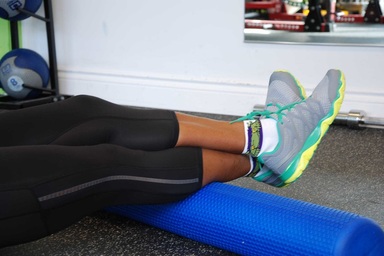 Have you ever had lower back pain and could barely sit up from your bed in the morning? Yep! It has probably happened to most of us. Saturday morning on March 5th 2016, I could hardly get up from bed. My muscles were sore and stiff from my lumbar spine down to my gastrocnemius . At that time I knew it was tight muscles due to lack of rolling and stretches from my intense leg work-out on Friday. I had so much on the go that I didn’t save enough time to do some self-myofascial release and stretches. Throughout that weekend, I spent some time painfully rolling and stretching to relax the muscles and increase blood flow. By Sunday evening my muscles felt normal again and my lower back pain was gone. Since this experience, I wanted to share with you the importance of self-myofascial release. Foam rolling is a self-myofascial release (SMR) stretching technique that has been embraced throughout the fitness industry. During exercise micro-tears and swelling in muscle fibers acurs, which impinge on nerves and vessels. Over time, this can develop into adhesions and scar tissue. The adhesions reduce the elasticity of the soft tissues and can eventually cause a permanent change in the soft tissue structure. Foam rolling focuses on alleviating these adhesions (also known as “trigger points” or “knots”) to restore optimal muscle motion and function increasing blood-flow within the muscle, lengthens your muscles, and breaks up adhesions and scar tissue. Using the foam roller can also deliver improvements in flexibility, muscle recovery, movement efficiency, inhibiting overactive muscles, correct muscle imbalances, and pain reduction with just minutes of application. I call it " my cheap massage”.This effective and simple to do technique delivers positive, feel good results. Foam rollers have become easily accessible. You can purchase them in just about any fitness stores or department stores to bring home for a minimal investment. Foam rollers vary in density, surface structure, and even temperature modifications. No matter what variation selected, foam rolling focuses on the neural and fascial systems in the body that can be negatively influenced by poor posture, repetitive motion, or dysfunctional movements. These mechanically stressful actions are recognized as an injury by the body, initiating a repair process called the Cumulative Injury Cycle. This cycle follows a path of inflammation, tightness in the muscles that causes spasm, and the development of soft tissue adhesions that can lead to altered neuromuscular control and muscle imbalance. Skeletal muscle tissue contains muscle spindles and Golgi tendon organs (GTO), two neural receptors. Muscle spindles are sensory receptors running parallel to muscle fibers, sensitive to a change and rate of muscle lengthening. When the pressure of the body against the foam roller is sustained on the trigger point, the GTO will “turn off” the muscle spindle activity allowing the muscle fibers to stretch, unknot, and realign. Foam rolling can be painful, but you need only 5 to 15 minutes at a time to reap the benefit. Foam rolling is best before and after a workout followed by static stretch of the muscles. This helps your muscles return to the proper length and recover even faster because it can prevent the buildup of scar tissue. Foam rolling can also be done as part of warming up and cooling down. Most people can enjoy foam rolling on their own once you’ve been instructed on how to properly perform these exercises. During the exercises it is important to maintain core stability. Pull the navel in towards the spine to maintain stability in the lumbo-pelvic-hip complex. Take the time to experience the exercises and discover how slightly modifying positions or angles can target different areas of the muscle. Foam rolling is not appropriate for everyone, including those with congestive heart failure, kidney failure, or any organ failure, bleeding disorders, or contagious skin conditions. If you have medical issues, seek the advice of a medical professional before starting SMR or foam rolling activities. Here are some foam roller exercises to get you started on a path to moving and feeling better. Piriformis (gluteal region) Sit on top of the foam roller, positioned on the back of the hip, crossing one foot over the opposite knee. Lean into the hip of the crossed leg. Slowly roll on the posterior hip area to find the tender spot. Roll for 30-90 seconds until the discomfort is reduced. Repeat on other side. Adductors Lie face down and place one thigh over the foam roller. Slowly roll the upper, inner thigh area. If you find a tender spot, focus on that spot for a few more seconds. Roll for 30-90 seconds until the discomfort is reduced. Switch leg and repeat. Calves/Hamstrings Place foam roller under the mid-calf. Cross the opposite leg over the top of the other to increase pressure. Slowly roll calf area. Then roll the back of the leg (hamstrings) towards the gluteus. If you find a tender spot, focus on that spot for a few more seconds. Roll for 30-90 seconds until the discomfort is reduced. Switch leg and repeat. Tensor Fascia Latae/Quadriceps Lie on one side with the foam roller just in front of the hip. Cross the top leg over the lower leg, placing that foot on the floor. Slowly roll from the hip joint down toward the knee. This muscle is inferior to the IT band and usually the sorest spot to roll. Use your hands on the floor to control the amount of pressure you can tolerate. Then roll over face down to roll the quadriceps (front of the leg). Slowly roll from the hip towards the knee. If you find a tender spot, focus on that spot for a few more seconds. Roll for 30-90 seconds until the discomfort is reduced. Repeat other leg. Thorasic Spine Lie on the floor with the foam roller behind the upper back. Cross arms to opposite shoulders. Raise hips off the floor and slowly roll back and forth. If you find a tender spot, focus on that spot for a few more seconds. Roll for 30-90 seconds until the discomfort is reduced. Latissimus Dorsi Lie on one side with the arm closest to the ground outstretched with thumb facing upwards. Place the foam roller under the arm close to the shoulder blades. Slowly roll back and forth. If you find a tender spot, focus on that spot for a few more seconds. Roll for 30-90 seconds until the discomfort is reduced. Repeat on other side. Website: http://www.natatia.com
Email: [email protected] Phone: 613-913-5435 My mailing address: 11840 HWY 15 North, Smiths Falls ON K7A 4S4 February 2016 Natatia's One On One Fitness* All rights reserved. 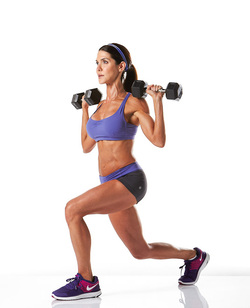 Want a workout that's just as effective but can be done in less time? Combine multiple exercises into one. For example, do a lunge and shoulder press. Stand with your feet hip width apart holding a dumbbell in each hand with elbows bent in a 45 degree angle, above your shoulders and palms facing forward. Take a large step forward with one foot; bend your knees to lower into a lunge until your front thigh is parallel to the floor. 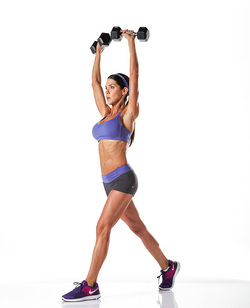 Reverse to return to the start position and press the dumbbells up above your shoulders. Repeat to 10 reps and switch leg for another 10 reps.  Muscles are the engines of the body. Unfortunately, muscles lose size and strength with age, resulting in physical weakness and variety of degenerated problems. You can avoid muscle loss by doing regular strength training. You can replace muscle tissue you've already lost regardless of your age. You can replace a rather large amount of lost muscle in a relatively short time through a simple strength training exercise program. YES...WHAT'S YOUR EXCUSE?  Schedule your workouts ahead of time in your daily-planner like you would a meeting or appointment. Try writing the day and time of your workouts a few weeks in advance, and if you need to cancel one, reschedule it right away! Photo courtesy of Warriners2011 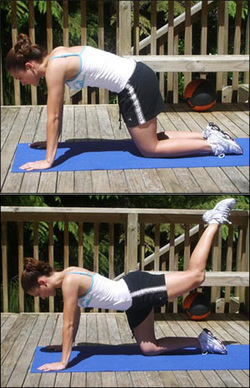 Women tend to put weight on in the hips and buttocks area, unlike men who pack it on in their middles. Good news women! You have an upper edge when it comes to training because you have a higher pain tolerance than men and don’t grumble as much when it comes to getting the job done. Gluteus muscles respond best to consistent training. This means challenge your gluteus muscles at many different angles in order to encourage maximum results. Here is an effective glutes exercise that can be done just about anywhere! Mule Kick Backs 1. Get on your hand and knees, making sure that your back is flat, head is up, elbows are locked, your feet and knees are together. 2. With foot flexed and knee bent, lift your leg as high as you can while squeezing your butt. Hold for two counts, and then draw the leg down and under you towards your chest. Repeat 10-15 times. 3. Then do it again for the other leg. Complete 3 sets of these performing 10 to 15 repetitions per set. You should really feel that contraction as you raise and lower your legs. This is another excellent way to hit the entire group of the gluteus muscles. Photo courtesy of Good2gohealth |
Categories
All
Author BioNatatia Gemmell. |
Functional Performance Fitness
|
Settlers Ridge Centre 275 Brockville St, Unit 14 Smiths Falls, ON K7A 4Z6 Phone: (613) 205-1234 Email: [email protected] Staffed Gym Hours Monday - Friday: 8 am - 8 pm Saturday: 8 am - 12 pm 24 Hour Gym 24 hour with key fob access Privacy Policy Terms of Use |

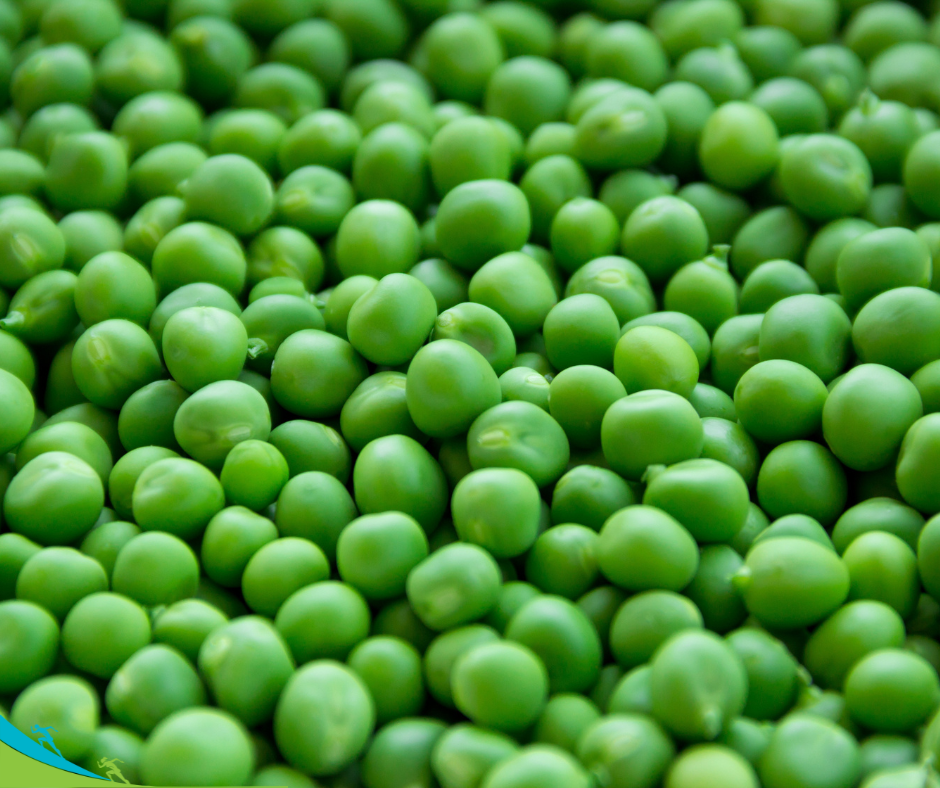
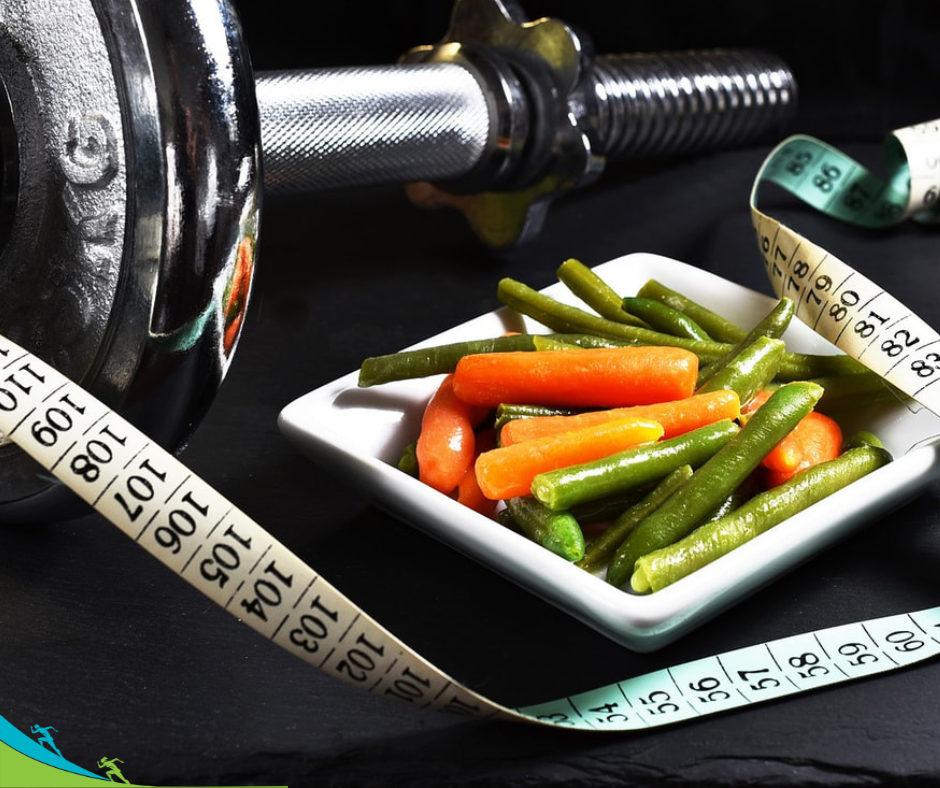
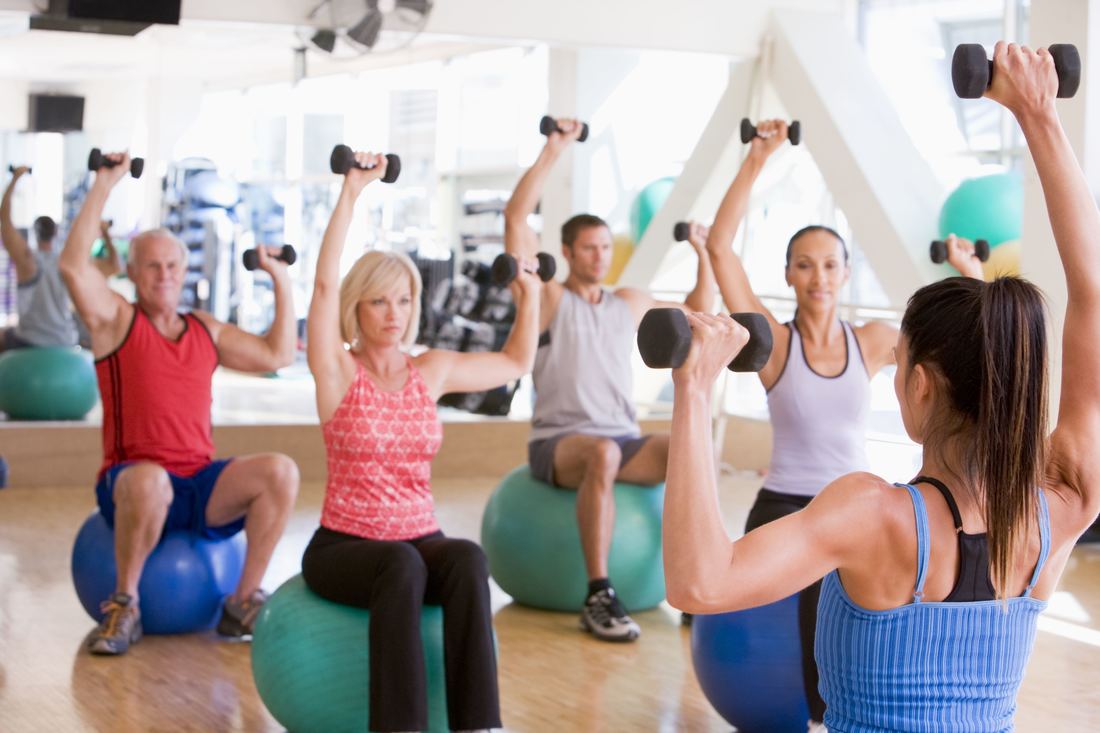
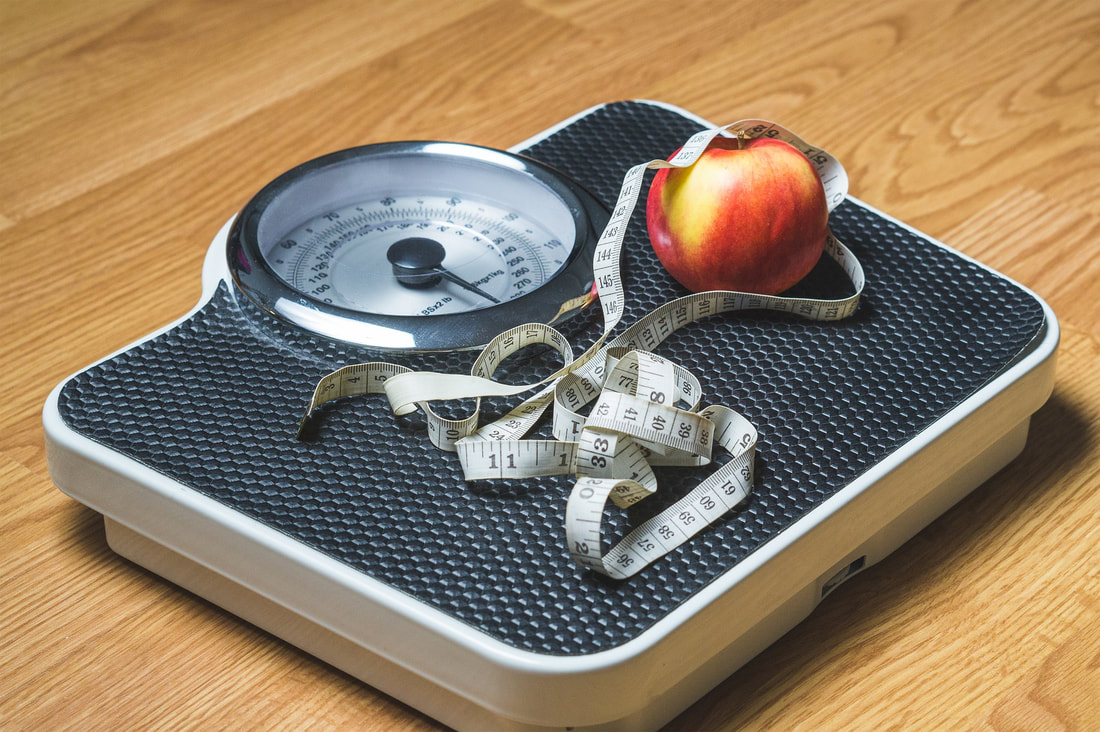
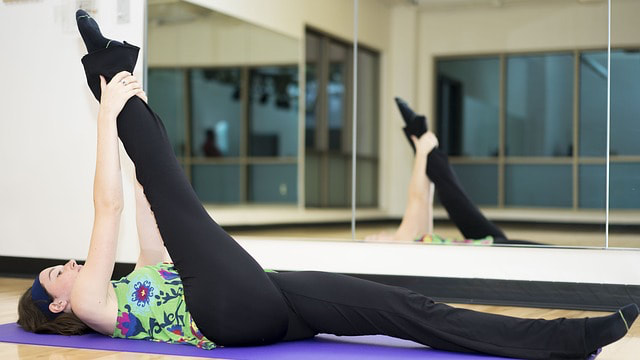
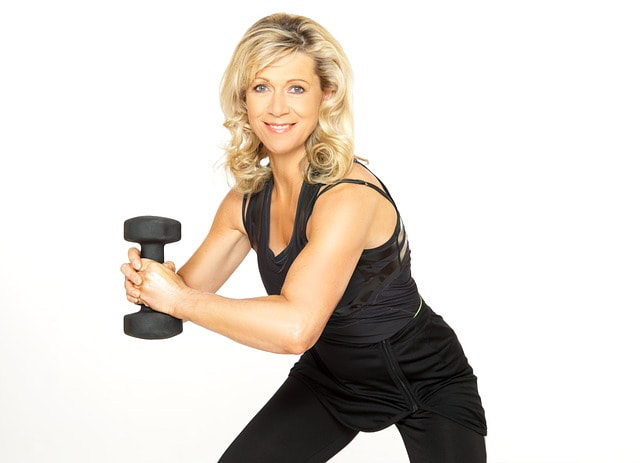
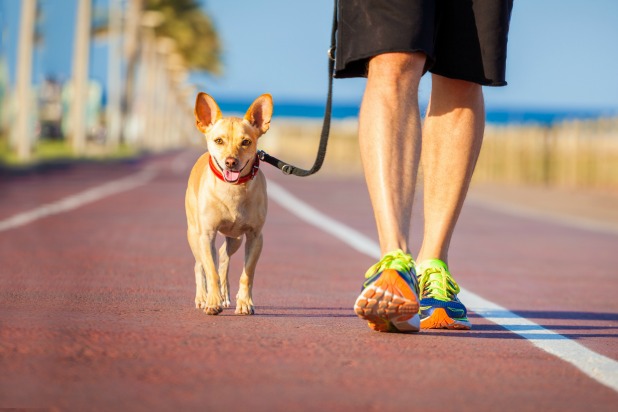
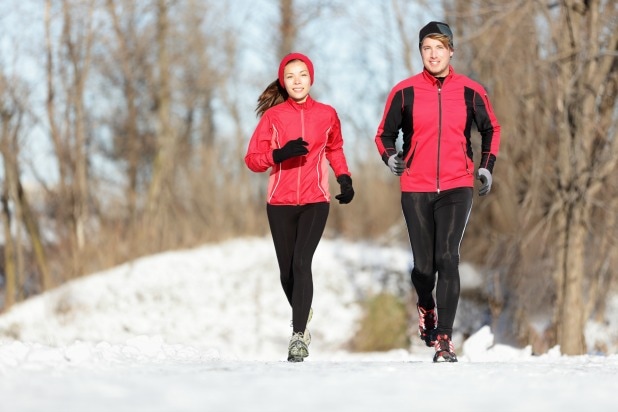

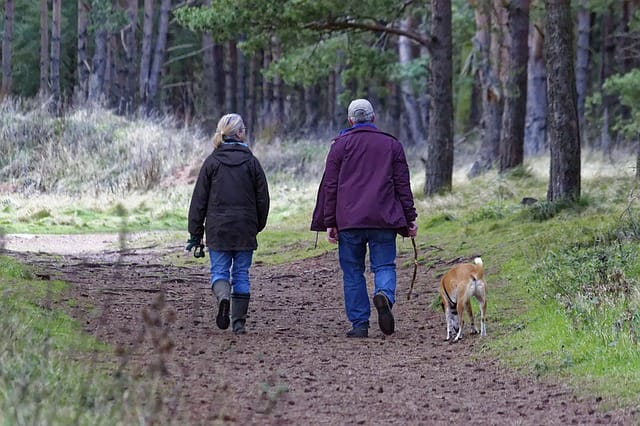

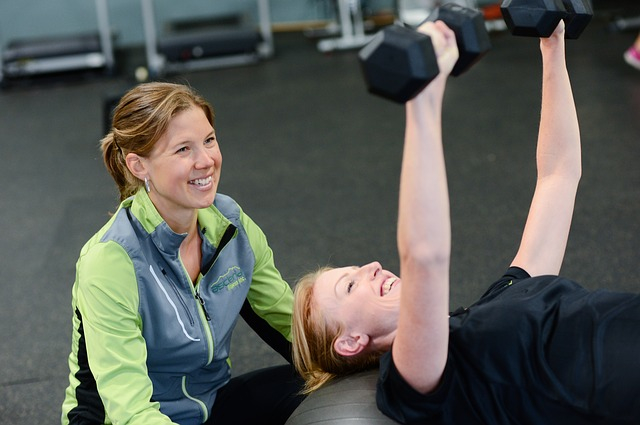
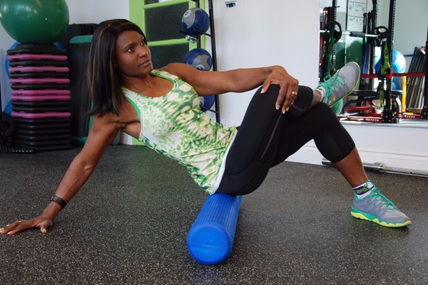
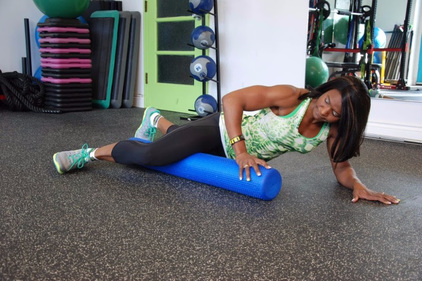
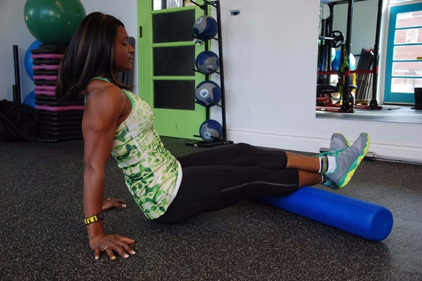
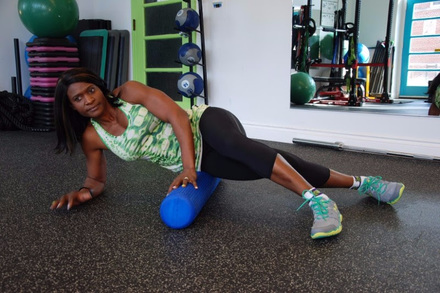
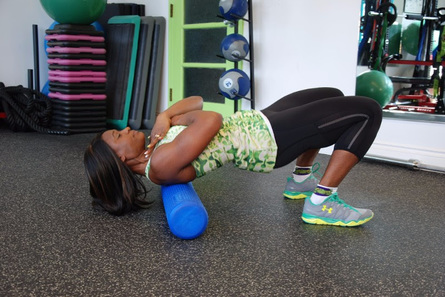
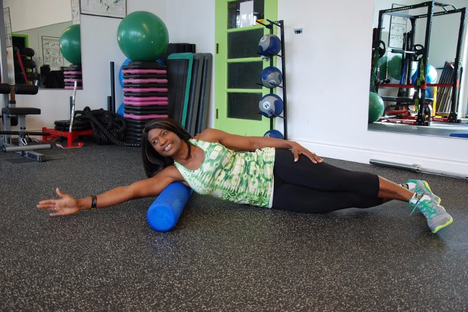
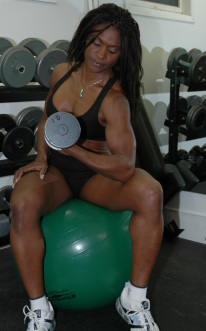
 RSS Feed
RSS Feed